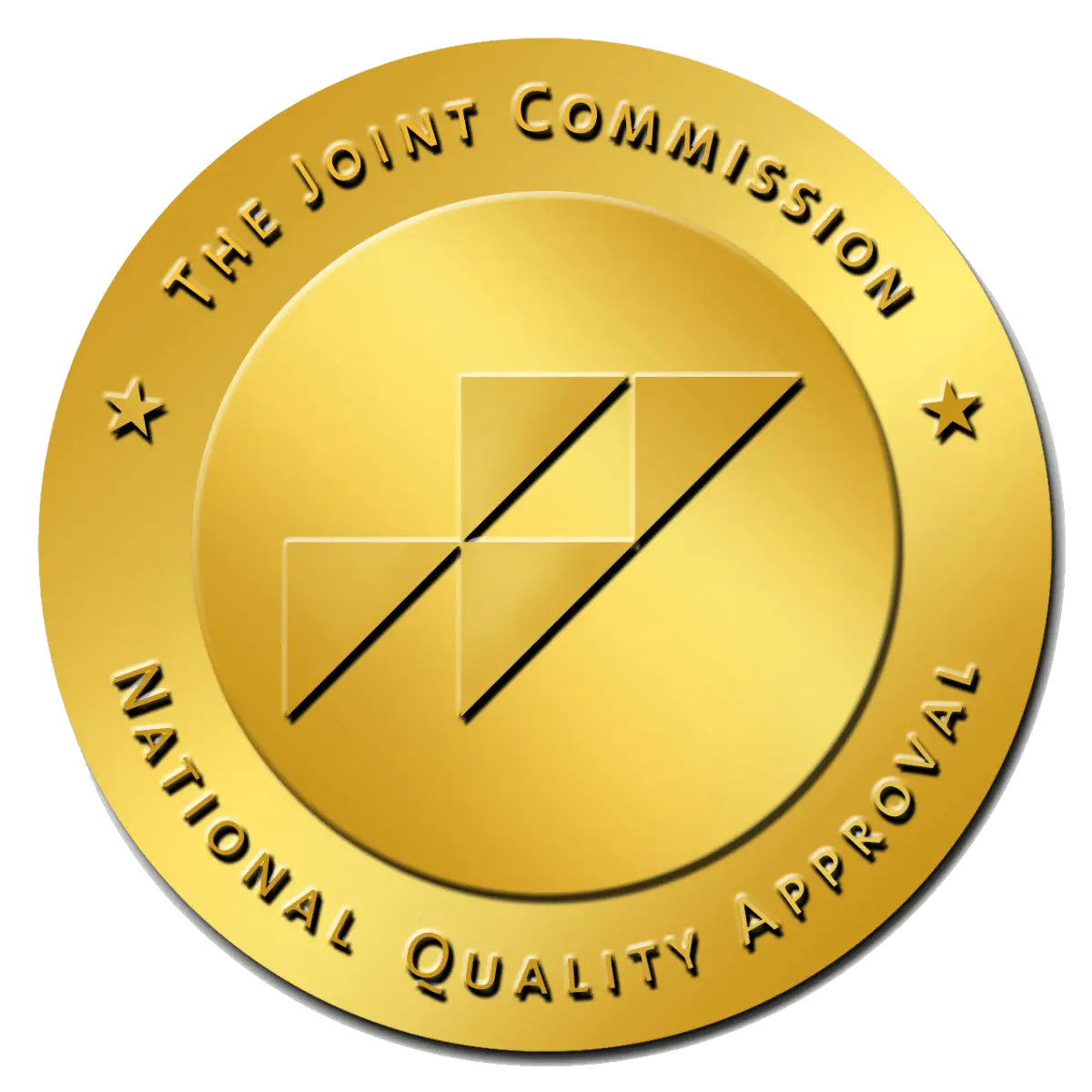Is Ketamine an Opioid?
Written by: Michelle Beaupre, PhD, LCSW | Reviewed by: Christian Small, MD
Ketamine is not an opioid. To clarify, opioids are a class of drugs that include both natural and synthetic substances that primarily act on the body’s opioid receptors, responsible for the effects of pain relief, sedation, and euphoria commonly associated with opioid use. Ketamine, on the other hand, primarily acts on NMDA receptors, making its mechanism of action fundamentally different from opioids. This distinction is critical for understanding its use, potential for abuse, and treatment strategies. While ketamine is used in medical settings for anesthesia and pain management, its misuse can lead to dependence and addiction, similar to other non-opioid substances.
In comparison, it’s helpful to look at other commonly misunderstood drugs. For instance, Adderall is not an opioid; it is a stimulant primarily used to treat ADHD and acts on the central nervous system to increase focus and alertness. Similarly, Trazodone is not an opioid either; it is an antidepressant that affects serotonin levels in the brain and is used to treat major depressive disorder and insomnia. Understanding these distinctions helps in identifying appropriate treatment and prevention strategies, including opioid addiction treatment. At Villa Oasis, we provide comprehensive treatment for various substance use disorders, ensuring each individual receives personalized care tailored to their specific needs.

Understanding Ketamine
Ketamine was initially developed in the 1960s as an anesthetic for medical procedures. It works by blocking NMDA receptors in the brain, which are involved in pain transmission and perception. This mechanism is different from that of opioids, which primarily act on opioid receptors to produce pain relief and euphoria. Unlike opioids, which can lead to respiratory depression and a high potential for addiction, ketamine’s distinct mode of action reduces the risk of these severe side effects.
Ketamine’s medical applications extend beyond anesthesia. It has been used effectively in pain management, particularly in situations where traditional pain medications are ineffective or inappropriate. Furthermore, recent research has highlighted its rapid-acting antidepressant properties. A study published in the Journal of Anesthesia & Analgesia found that ketamine could provide significant relief from depressive symptoms within hours, compared to the weeks or months required for conventional antidepressants. This rapid effect has made ketamine an important option for individuals with treatment-resistant depression, offering hope where other treatments have failed.
In addition to its medical uses, ketamine has also gained popularity in recreational settings due to its dissociative and hallucinogenic effects. However, this non-medical use can lead to serious consequences, including addiction, cognitive impairments, and psychological disturbances. According to the National Institute on Drug Abuse, while ketamine misuse does not involve the opioid receptors, it can still result in a high potential for abuse and dependency. Understanding these differences is crucial for developing appropriate treatment and prevention strategies for those misusing ketamine.
Uses of Ketamine
Ketamine is used in various medical settings, including:
- Anesthesia: Ketamine is widely used as an anesthetic for surgeries and other painful procedures due to its ability to induce a trance-like state while providing pain relief, sedation, and amnesia.
- Pain Management: It is particularly effective in cases where other pain medications are ineffective. According to a study published in Pain Medicine, ketamine has been shown to provide significant pain relief for chronic pain conditions, including neuropathic pain.
- Mental Health Treatment: Low doses of ketamine have been found to have rapid antidepressant effects in individuals with treatment-resistant depression. Research from the American Journal of Psychiatry indicates that approximately 70% of patients with treatment-resistant depression experienced substantial improvement in symptoms within 24 hours of ketamine infusion.
Recreational Use and Misuse
Ketamine has also become a drug of abuse due to its dissociative and hallucinogenic effects. Users may seek the intense experiences or escape from reality that ketamine can provide, leading to potential misuse and addiction. In 2021, 2.6 percent of people aged 12 or older (or 7.4 million people) used hallucinogens in the past year, highlighting the significant potential for recreational abuse of substances like ketamine. Misuse can lead to severe health consequences, including cognitive impairments, memory loss, and psychological disturbances. Recognizing the signs of ketamine misuse and providing appropriate treatment is essential in preventing long-term damage and promoting recovery.
The Question: Is Ketamine an Opioid?
To answer the question, “Is ketamine an opioid?” we need to understand the definition of opioids. Opioids are a class of drugs that include both natural and synthetic substances, which primarily act on the body’s opioid receptors. These receptors are responsible for the effects of pain relief, sedation, and euphoria commonly associated with opioid use.
Ketamine’s Classification
Ketamine does not fit the classification of an opioid because it does not act on opioid receptors. Instead, its primary mechanism involves the NMDA receptors. By blocking these receptors, ketamine alters the way pain signals are perceived and processed in the brain, leading to its anesthetic and analgesic effects. This distinct mechanism sets ketamine apart from opioids, which explains why it is not considered an opioid. Understanding this difference is crucial for determining appropriate uses, potential for abuse, and treatment strategies related to ketamine.
Comparisons with Other Drugs
Comparing ketamine with other substances can further clarify its classification:
- Is Adderall an Opioid? No, Adderall is a stimulant used primarily to treat ADHD. It acts on the central nervous system to increase focus and alertness by enhancing the activity of certain neurotransmitters.
- Is Trazodone an Opioid? No, Trazodone is an antidepressant used to treat major depressive disorder and insomnia. It affects serotonin levels in the brain, which helps regulate mood and sleep patterns.
These comparisons highlight how different drugs can have distinct mechanisms of action and uses, emphasizing the importance of correctly classifying substances like ketamine for effective medical treatment and prevention of misuse. While ketamine is not an opioid, understanding the long-term effects of opioid abuse is critical for anyone considering substance use treatment. Opioid abuse can lead to severe health issues.
Villa Oasis: Comprehensive Treatment for Substance Use Disorders
At Villa Oasis, we understand the complexities of substance use disorders and offer a range of treatment options to address each individual’s needs. Our services include:
Detox
Detoxification is the first step in overcoming addiction. Our luxury detox program provides a comfortable and safe environment for individuals to withdraw from substances under medical supervision. We offer personalized care to manage withdrawal symptoms and support clients through this challenging phase.
Residential Rehab
Our residential rehab program offers a structured and supportive environment where individuals can focus on recovery. We provide a range of therapies, including cognitive-behavioral therapy (CBT), group therapy, and holistic treatments, to address the root causes of addiction and promote long-term recovery.
Outpatient Services
For those who require flexibility, our outpatient services allow individuals to receive treatment while maintaining their daily responsibilities. Outpatient programs include individual counseling, group therapy, and access to our comprehensive support network.
Sober Living
Transitioning back to everyday life can be challenging. Our sober living homes provide a safe and supportive environment for individuals to continue their recovery journey. Residents benefit from ongoing support, accountability, and a community of peers who share similar goals.

Luxury Addiction Treatment at Villa Oasis
Ketamine, while a potent drug with both medical and recreational uses, is not classified as an opioid. Understanding this distinction helps clarify the different approaches needed for treatment and prevention of abuse. For those struggling with substance use disorders, whether related to opioids, ketamine, or other substances, Villa Oasis offers a comprehensive range of services designed to support recovery and promote lasting change.
By providing luxury detox, residential rehab, outpatient services, and sober living options, Villa Oasis is committed to helping individuals reclaim their lives from the grips of addiction. If you or a loved one is facing substance use challenges, contact Villa Oasis today to learn more about our programs and start your journey to recovery.

